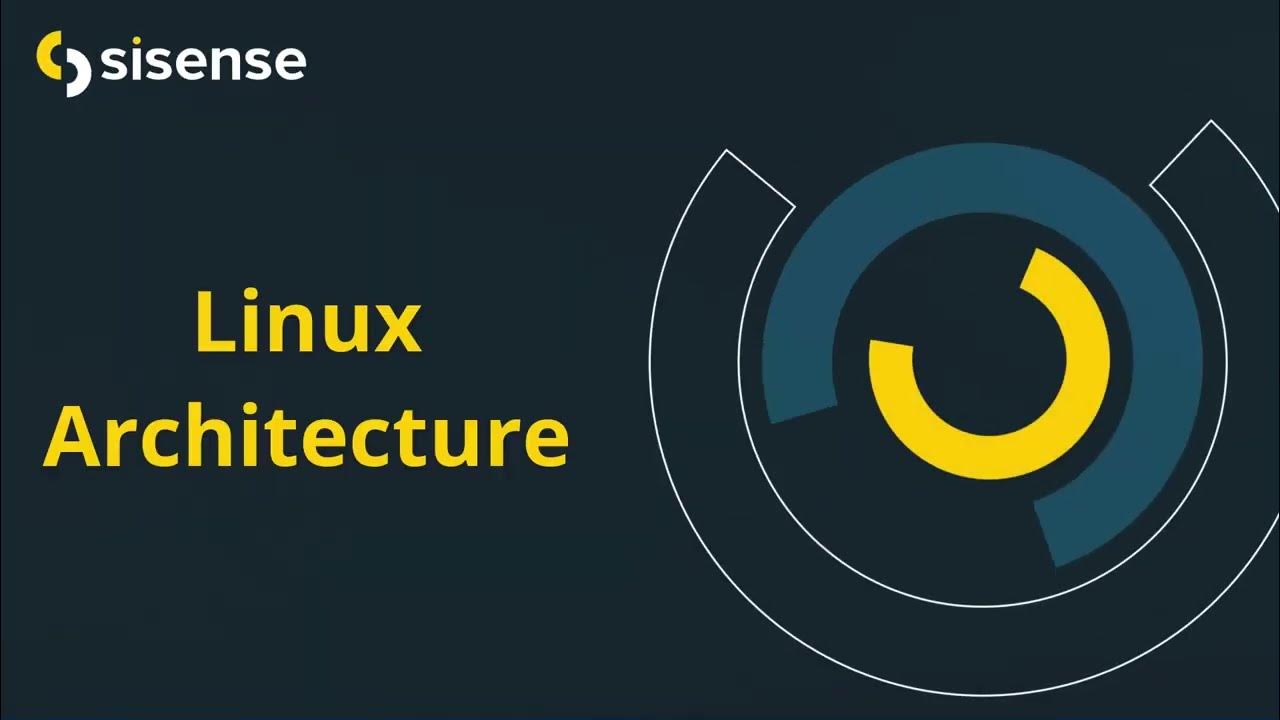Microservices architecture on AWS #aws #amazonwebservices #microservices #devops
Summary
TLDRThis course dives into AWS serverless microservices architecture, focusing on key components like microservices, APIs, and compute. It covers both traditional and serverless approaches, detailing AWS services such as Lambda, API Gateway, ECS, and DynamoDB. The course also highlights best practices for scalability, fault tolerance, and disaster recovery in microservices. With hands-on labs, learners will implement practical solutions, including creating and testing a Lambda-backed API. Whether you're a seasoned developer or a beginner, this bootcamp equips you with the skills to build scalable and efficient microservices on AWS.
Takeaways
- 😀 Microservices architecture divides applications into smaller, independent services based on domains rather than technology layers, enhancing maintainability and scalability.
- 😀 Serverless architectures, like AWS Lambda, eliminate the need for infrastructure management and provide automatic scaling based on usage, reducing operational complexity.
- 😀 API Gateway allows you to manage and deploy APIs without server management, making it easier to develop and maintain scalable and secure APIs.
- 😀 AWS offers various services, such as Amazon ECS, EKS, and Lambda, to support microservices architectures with minimal operational overhead.
- 😀 Microservices provide agility by enabling independent deployment and management, allowing teams to innovate and scale faster.
- 😀 AWS Lambda enables developers to focus on business logic while AWS handles the scaling, security, and infrastructure management.
- 😀 Amazon DynamoDB, a NoSQL database, is highly scalable and performs exceptionally well with low latency, but for even faster performance, DynamoDB Accelerator (DAX) can be used.
- 😀 High availability in AWS services is achieved by distributing resources across multiple availability zones, ensuring reliability and uptime for mission-critical applications.
- 😀 Disaster recovery planning should prioritize stateful services like databases, ensuring minimal data loss and downtime through proper RTO and RPO planning.
- 😀 In the hands-on lab, participants learn how to create a Lambda function and integrate it with API Gateway to build a serverless microservice backend, testing the integration through the AWS Console.
Q & A
What are the key components of a scalable and fault-tolerant microservices architecture?
-The key components include the user interface, microservices implementation, and data store. The architecture focuses on breaking down the application into smaller, independent units to improve scalability, fault tolerance, and maintainability.
What is the main benefit of using serverless computing in a microservices architecture?
-Serverless computing in a microservices architecture helps reduce operational complexity by eliminating the need for infrastructure management, allowing developers to focus solely on writing business logic and scaling applications automatically.
How does AWS Lambda simplify microservices development?
-AWS Lambda is a serverless computing platform that automatically handles scaling, availability, and infrastructure management. Developers can focus on writing the business logic, while AWS takes care of the operational aspects.
What are the three common patterns for building microservices in AWS?
-The three common patterns for building microservices in AWS are API-driven, event-driven, and data streaming. These patterns help introduce microservices characteristics while minimizing challenges associated with their implementation.
What role do containers play in microservices architectures?
-Containers, particularly Docker containers, help package microservices and their dependencies into standardized units. They offer portability and efficiency, but their management can be complex, which is simplified through AWS services like ECS and EKS.
What is the difference between NoSQL databases and relational databases in microservices architectures?
-NoSQL databases, such as Amazon DynamoDB, prioritize scalability and performance over consistency. They allow for flexible schema and horizontal scaling. Relational databases, on the other hand, are more structured and may not scale as efficiently for large volumes of queries.
What is the role of Amazon API Gateway in a microservices architecture?
-Amazon API Gateway serves as the entry point for microservices, handling API requests, traffic management, routing, and security. It minimizes the complexity of managing APIs, allowing developers to focus on the application itself.
How does AWS Fargate support microservices?
-AWS Fargate is a serverless container compute engine that works with Amazon ECS and EKS. It abstracts the underlying infrastructure, enabling developers to run and scale containerized applications without worrying about resource provisioning or management.
What is the significance of high availability in microservices, and how is it achieved in AWS?
-High availability ensures that microservices remain operational even during failures. AWS achieves this by distributing compute resources, such as Lambda functions, containers, and Kubernetes clusters, across multiple availability zones to maintain uptime and reliability.
What is the importance of Disaster Recovery (DR) planning in microservices architectures?
-Disaster Recovery planning is crucial for minimizing downtime and data loss in microservices architectures. It focuses on ensuring that stateful services like databases or file systems are prioritized in recovery plans, using recovery time objectives (RTO) and recovery point objectives (RPO) to define acceptable service restoration times and data loss.
Outlines

Cette section est réservée aux utilisateurs payants. Améliorez votre compte pour accéder à cette section.
Améliorer maintenantMindmap

Cette section est réservée aux utilisateurs payants. Améliorez votre compte pour accéder à cette section.
Améliorer maintenantKeywords

Cette section est réservée aux utilisateurs payants. Améliorez votre compte pour accéder à cette section.
Améliorer maintenantHighlights

Cette section est réservée aux utilisateurs payants. Améliorez votre compte pour accéder à cette section.
Améliorer maintenantTranscripts

Cette section est réservée aux utilisateurs payants. Améliorez votre compte pour accéder à cette section.
Améliorer maintenantVoir Plus de Vidéos Connexes

Microservices vs API | Differences Between Microservice and API | Edureka

Microservices explained - the What, Why and How?

Everything You NEED to Know About WEB APP Architecture

Linux Architecture

2 3 2 Mircoservices

CompTIA Security+ SY0-701 Course - 3.1 Security Implications of Different Architecture Models
5.0 / 5 (0 votes)
